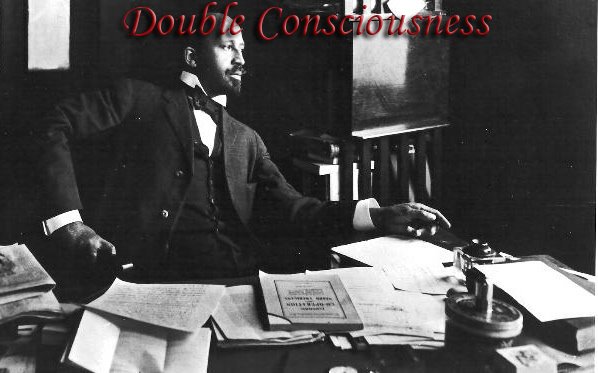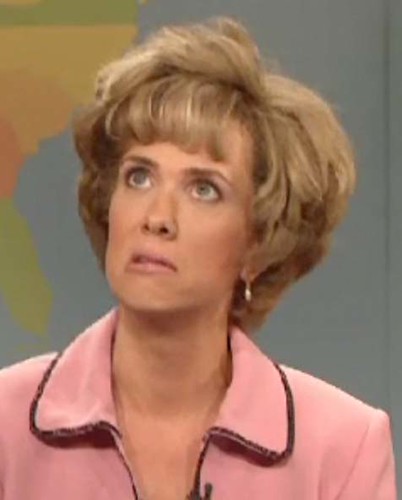 We are fed stark images of brown men in running or jumping positions; brown pregnant women clutching the hands of their several little brown children; gardeners in pickup trucks; and Spanish-speaking cleaning ladies and nannies who now fill the shoes that were once worn bitterly by black women.
We are fed stark images of brown men in running or jumping positions; brown pregnant women clutching the hands of their several little brown children; gardeners in pickup trucks; and Spanish-speaking cleaning ladies and nannies who now fill the shoes that were once worn bitterly by black women.From Fidel Castro's recent retirement to the genocide of indigenous Guatemalans by the CIA-funded military during the eighties, undocumented immigration has more to do with what's going on beyond our borders than within them.
Undocumented immigrants are depicted as two-dimensional creatures who overrun our country, never as humans leaving their own countries. Sure they are specified as Mexicans, Hondurans, or Haitians, but always in a way that neglects their personal histories back home. A Guatemalan man who enters the country without documents seems to suddenly pop into existence upon crossing our southern border. The fact that he is an indigenous Mayan fleeing military persecution--which the U.S. has historically funded--disappears in the eyes of Americans who accuse him of unlawfully invading their territory.
Beyond our borders are all those countries where “illegal” immigrants aren't yet immigrants, but citizens in their native lands. The same people who come here as unwanted strangers are only perceived of as invading homes, never as leaving behind their own homes, families and friends.
Through our conversations of undocumented immigration, we always frame them as the assaulters of our national sovereignty. What conveniently fails to come into our discussions, however, is the United States’ own assaults against the national sovereignty of the countries from which they are coming. After the passing of the North American Free Trade Agreement (NAFTA) of 1994, hundreds of thousands of Mexican farm workers were thrown off their lands by a corrupt Mexican government working in league with greedy American developers. Even those that kept their land had a difficult time competing with heavily subsidized U.S. agricultural goods. As a result, they fled, and continue to flee, here by the hundreds of thousands seeking work to sustain their families.
The Cuban “wet-foot dry-foot policy” grants automatic admission to any Cuban who sets foot upon our soil, thanks to our animosity towards Fidel Castro’s government. Yet many people from poor Caribbean nations experiencing diasporas are continually rejected, especially Haitians who are continually denied recognition of amnesty status because of our diplomatic relations with the government of Haiti.
It’s important to see that there are many factors pushing immigrants out of their countries and pulling them into ours, many of which are greatly influenced by U.S. foreign relations. Once we expand the depth of our understanding of the processes of undocumented immigration into our country, we will come to understand that our popular policy approaches to the issue are far from solutions. From building walls to guest-worker programs, undocumented immigration is going to remain strong as long as we continue to tackle it as a mere occurrence within our borders.









